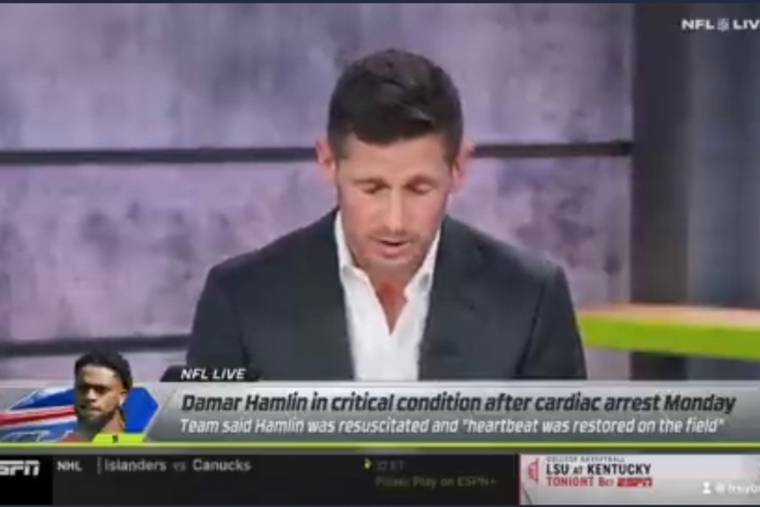ALLEN, Texas — Nine killed, counting the gunman.
Seven wounded.
Hundreds traumatized by what they experienced while simply trying to shop or eat and enjoy a leisurely weekend afternoon.
In other words, more of the same in America, where mass shootings have become a way of life — and too much death.
I wrote a column about how I ended up in this suburb north of Dallas after the nation’s latest massacre. That’s where we start our weekly roundup of the top headlines and best reads in the world of faith.
What To Know: The Big Story
Prayer and protest: Predictably, Saturday’s shooting at the Allen Premium Outlets reignited the debate on gun control — with President Joe Biden and Texas Gov. Greg Abbott on opposite sides.
Thousands — including Abbott — gathered the next day at a community prayer service, while a few dozen protesters outside carried signs such as “Thoughts and prayers are useless” and “We have an epidemic of gun violence.”
Read my report on the clashing messages.
Investigating the motive: Online activity by the 33-year-old shooter, identified as Mauricio Garcia, “betrayed a fascination with white supremacy and mass shootings, which he described as sport,” according to The Associated Press.
“Photos he posted showed large Nazi tattoos on his arm and torso, including a swastika and the SS lightning bolt logo of Hitler’s paramilitary forces,” adds the story by AP’s Jake Bleiberg, Gene Johnson and Lolita C. Baldor.










